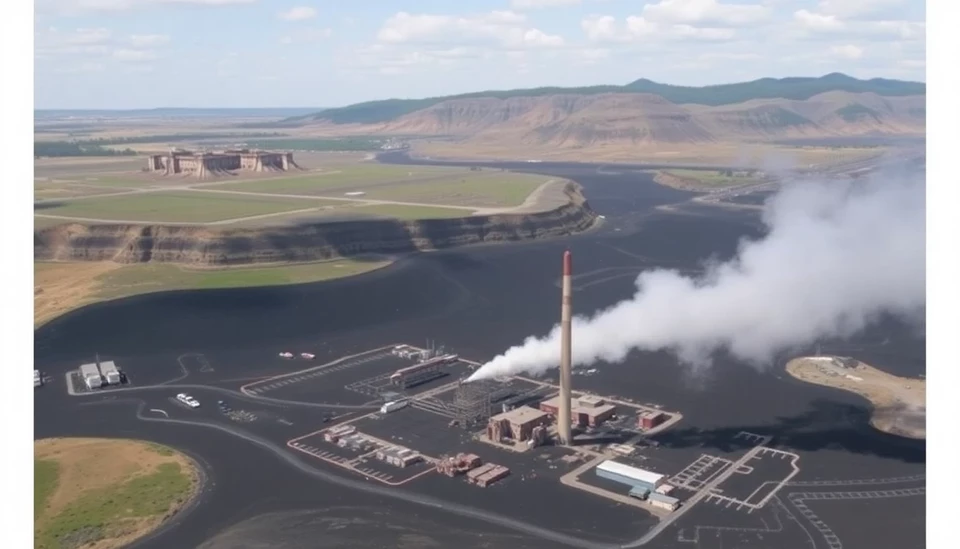
In a significant move towards more sustainable industrial practices, the United States is set to implement new regulatory measures aimed at reducing methane emissions from coal mines that supply steel mills. This development comes amidst growing concerns surrounding the environmental impact of methane, a potent greenhouse gas that contributes significantly to climate change.
The initiative, spearheaded by the Environmental Protection Agency (EPA), targets the large quantities of methane that are often released during the mining process, particularly in regions heavily dependent on coal for steel production. As steel mills rely on coal as a critical raw material, the environmental ramifications of methane emissions from these operations have garnered heightened scrutiny from policymakers and environmental advocates alike.
Studies have shown that methane is more than 25 times more effective at trapping heat in the atmosphere compared to carbon dioxide over a 100-year period. This stark reality has prompted calls for stricter monitoring and management of gas emissions in the coal mining sector, particularly in light of the ongoing transition towards renewable energy sources.
The proposed regulations aim to establish comprehensive reporting requirements for coal mines, mandating operators to provide detailed accounts of their methane emissions. Furthermore, the EPA is looking at potential technological advancements that could capture and utilize methane more effectively, significantly reducing the overall carbon footprint of the coal mining process.
The coal industry, already under pressure from a global shift towards cleaner energy, faces a dual challenge: adapting to these new regulations while maintaining economic viability. Critics argue that the proposed measures could lead to increased operational costs and a further decline in coal production, while supporters highlight the necessity of responsible mining practices in combatting climate change.
Moreover, the steel industry, which is one of the largest consumers of coal, will also need to rethink its sourcing strategies and be prepared for potential supply chain disruptions as these regulations come into effect. The evolving landscape signifies that both sectors will have to innovate to align with environmental standards while meeting market demands.
This regulatory move has sparked a debate among stakeholders in the coal and steel industries about the balance between economic interests and environmental stewardship. Industry leaders are advocating for an inclusive dialogue with regulators to ensure that the new rules are both effective in curbing emissions and feasible for operational compliance.
The implications of these new regulations extend beyond the coal and steel industries. As the U.S. government continues its commitment to the Paris Agreement and aims for a substantial reduction in greenhouse gas emissions, this initiative represents a critical step towards a more sustainable industrial future.
In conclusion, the upcoming regulations around methane emissions from coal mines that supply steel mills signal a pivotal shift in how these industries will operate. As the nation grapples with the realities of climate change, the focus on reducing methane emissions reflects a broader commitment to protecting the environment while navigating the economic implications of such changes.
As stakeholders prepare for the inevitable changes ahead, the collaboration between industry leaders and regulatory bodies will be crucial for achieving meaningful progress in reducing greenhouse gas emissions.
#MethaneRegulations #CoalMines #SteelIndustry #EPA #ClimateChange #GreenhouseGases #Sustainability
Author: Sophie Bennett
